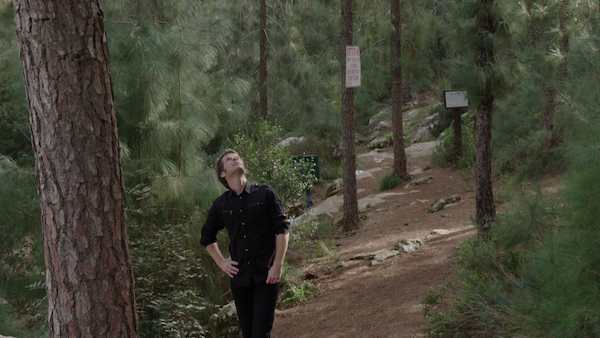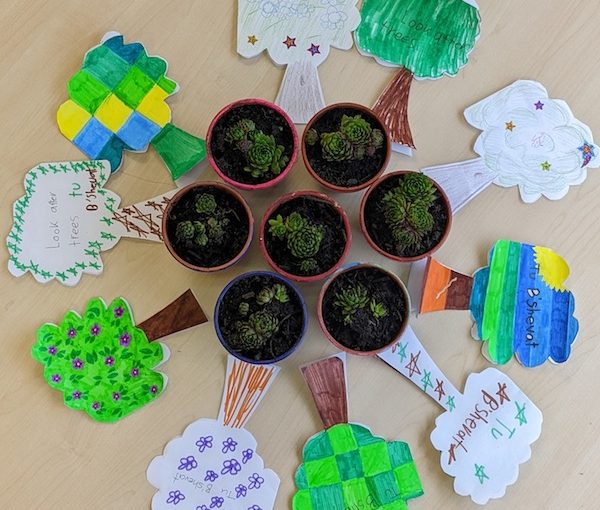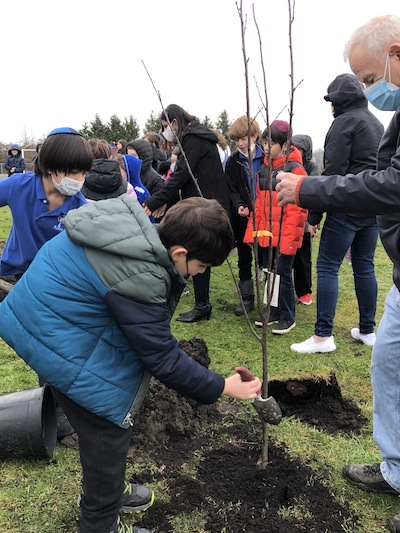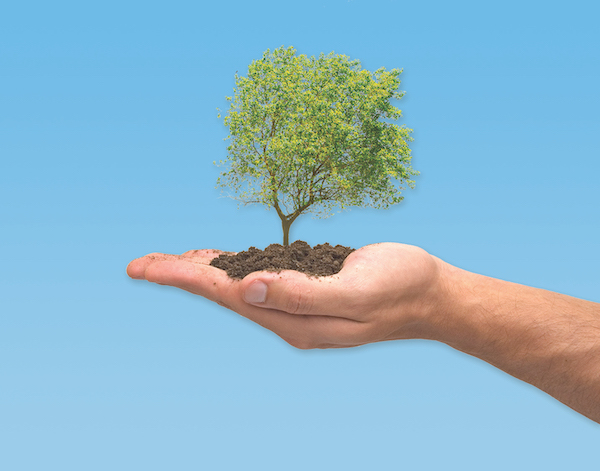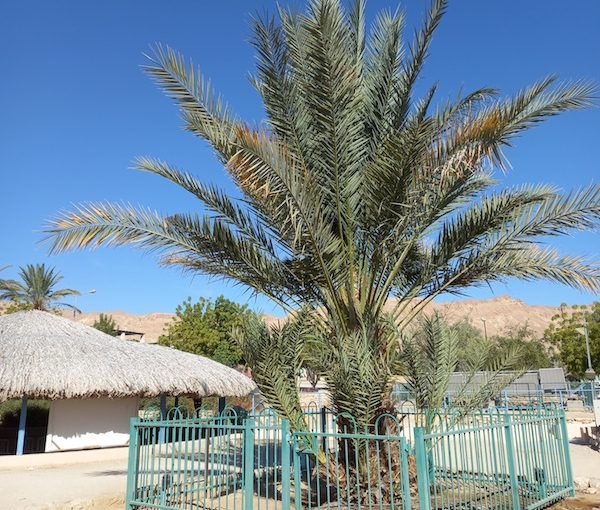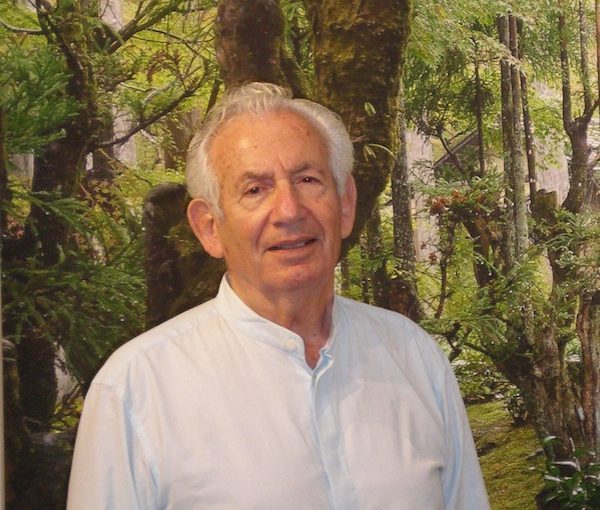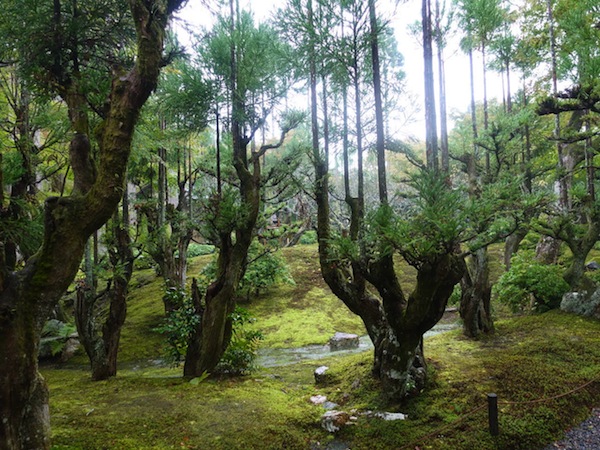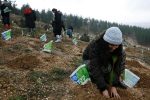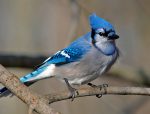According to talmudic sages, “It is
forbidden to live in a town which has no garden or greenery.” (Kiddushin 4:12;
66d) (photo by A. Christen)
Many contemporary Jews look upon Tu b’Shevat as
a Jewish Earth Day, a day for contemplating our ecological heritage – and the
multitude of threats our planet currently faces.
An ancient midrash has become all too relevant.
“In the hour when the Holy One, blessed be He, created the first person, He
showed him the trees in the Garden of Eden, and said to him: ‘See My works, how
fine they are. Now all that I have created, I created for your benefit. Think
upon this and do not corrupt and destroy My world, for if you destroy it, there
is no one to restore it after you.’” (Ecclesiastes Rabbah 7:28)
Today’s environmental threats can be compared
in many ways to the biblical 10 plagues, which appear in the Torah portions
read on the Shabbats immediately preceding Tu b’Shevat. When we consider the
threats to our land, water and air – pesticides and other chemical pollutants,
resource scarcities, threats to our climate, etc. – we can easily enumerate 10
modern “plagues.” Unfortunately, like the ancient Pharaoh, our hearts have been
hardened by the greed, materialism and wastefulness that are at the root of
these threats. And, in contrast to the biblical plagues, modern plagues are all
occurring simultaneously, and there is no modern Goshen as a refuge, where most
of these plagues do not occur.
The talmudic sages express a sense of sanctity
toward the environment: “The atmosphere [air] of the land of Israel makes one
wise.” (Baba Batra 158b) They assert that people’s role is to enhance the world
as “partners of God in the work of creation.” (Shabbat 10a)
The rabbis indicate great concern for
preserving the environment and preventing pollution: “It is forbidden to live
in a town which has no garden or greenery.” (Kiddushin 4:12; 66d) Threshing
floors are to be placed far enough from a town so that the town is not dirtied
by chaff carried by winds. (Baba Batra 2:8) Tanneries are to be kept at least
50 cubits from a town and placed only on its eastern side, so that odours are
not carried by the prevailing winds from the west. (Baba Batra 2:8,9)
“The earth is the Lord’s.” (Psalms 24:1) And we
are the stewards of God’s earth, responsible to see that its produce is
available for all God’s children. Property is a sacred trust given by God; it
must be used to fulfil God’s purposes.
The story is told of two men who were fighting
over a piece of land. Each claimed ownership and bolstered his claim with
apparent proof. To resolve their differences, they agreed to put the case
before the rabbi. The rabbi listened but could come to no decision because both
seemed to be right. Finally, he said, “Since I cannot decide to whom this land
belongs, let us ask the land.” He put his ear to the ground and, after a moment,
straightened up. “Gentlemen, the land says it belongs to neither of you but
that you belong to it.”
The prohibition not to waste or destroy
unnecessarily anything of value (bal tashchit, “thou shalt not destroy”)
is based on concern for fruit-bearing trees, as indicated in the following
Torah statement:
“When in your war against a city you have to
besiege it a long time in order to capture it, you must not destroy its trees,
wielding the ax against them. You may eat of them, but you must not cut them
down. Are trees of the field human to withdraw before you under siege? Only
trees that you know to not yield food may be destroyed; you may cut them down
for constructing siege works against the city that is waging war on you, until
it has been destroyed.” (Deuteronomy 20:19-20)
This prohibition against destroying
fruit-bearing trees in time of warfare was extended by the Jewish sages. It is
forbidden to cut down even a barren tree or to waste anything if no useful
purpose is accomplished. (Sefer HaChinuch 530)
The sages of the Talmud made a general
prohibition against waste: “Whoever breaks vessels or tears garments, or
destroys a building, or clogs up a fountain, or destroys food violates the
prohibition of bal tashchit.”
(Kiddushin 32a)
Rabbi Samson Raphael Hirsch, a 19th-century
philosopher and author, states that bal tashchit is the first and most general
call of God. We are to “regard things as God’s property and use them with a
sense of responsibility for wise human purposes. Destroy nothing! Waste
nothing!” He indicates further that destruction includes using more things (or
things of greater value) than are necessary to obtain one’s aim. (Horeb,
Chapter 56)
It has become customary to recite psalms on Tu
b’Shevat, among them Psalm 104. This psalm speaks of God’s concern and care
extended to all creatures, and illustrates that God created the entire earth as
a unity, in ecological balance:
“You make springs gush forth in torrents; they
make their way between the hills, giving drink to all the wild beasts; the wild
asses slake their thirst. The birds of the sky dwell beside them and sing among
the foliage. You water the mountains from Your lofts; the earth is sated from
the fruit of Your work. You make the grass grow for the cattle and herbage for
man’s labour, that he may get food out of the earth, wine that cheers the
hearts of men, oil that makes the face shine and bread that sustains man’s
life.” (Psalm 104:10-15)
Tu b’Shevat is indeed an appropriate time to
apply Judaism’s powerful ethic of reverence for God’s creation, conservation
and sustainability, to help move our precious, but imperiled, planet onto a
sustainable path.
Richard H. Schwartz, PhD, is
professor emeritus, College of Staten Island, president emeritus of Jewish Veg
and president of Society of Ethical and Religious Vegetarians. He is the author
of several books, including Judaism and Vegetarianism and Who Stole
My Religion? Revitalizing Judaism and Applying Jewish Values to Help Heal Our
Imperiled Planet, and more than 250 articles at jewishveg.org/schwartz. He
was associate producer of the documentary A Sacred Duty: Applying Jewish
Values to Help Heal the World.

